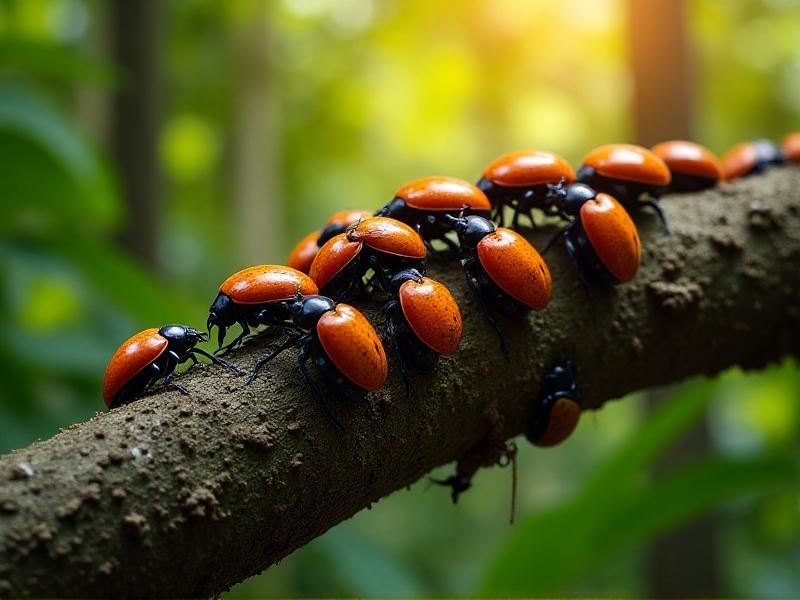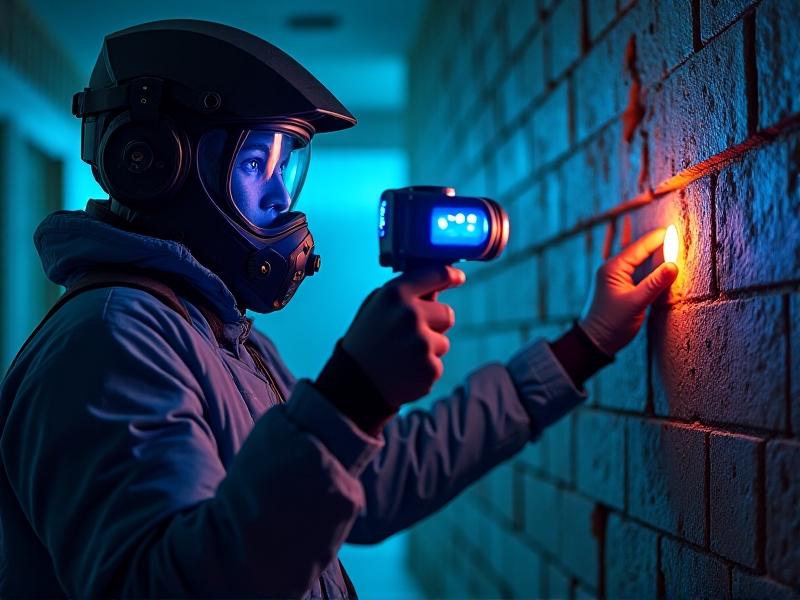The Freezer Technique: Eliminating Wood-Boring Insects
Understanding Wood-Boring Insects and Their Impact
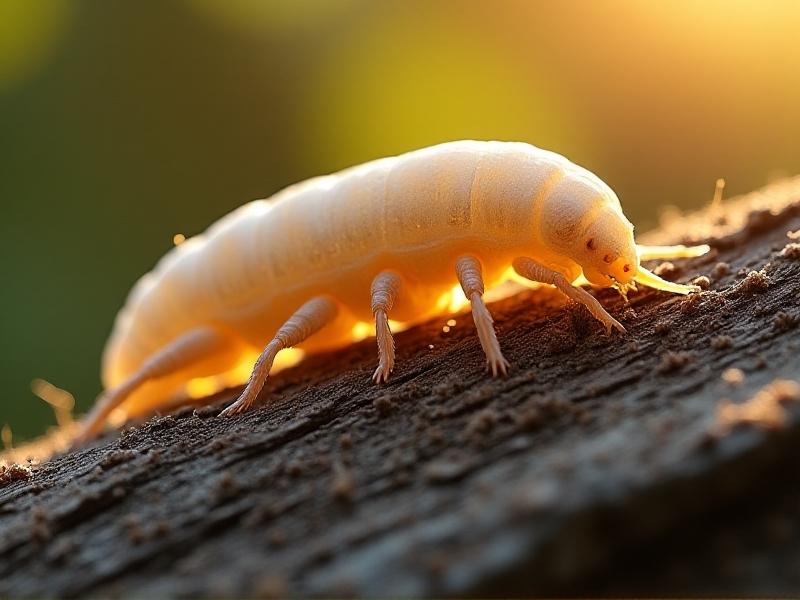
Wood-boring insects, such as powderpost beetles, termites, and woodworms, are silent destroyers of timber. These pests infiltrate wooden structures, furniture, and artifacts, leaving behind a network of tunnels that compromise structural integrity. Their life cycles—from egg to larva to adult—often go unnoticed until sawdust-like frass or exit holes appear. Traditional chemical treatments pose risks to humans and the environment, prompting a search for safer alternatives. The freezer technique emerges as a non-toxic solution, leveraging extreme cold to eradicate infestations without harmful residues.
The Science Behind Freezing as a Pest Control Method

Freezing works by disrupting cellular activity in insects. At temperatures below -18°C (0°F), ice crystals form within the pests’ bodies, damaging tissues and vital organs. Studies show that sustained exposure for 72 hours ensures complete eradication of all life stages—eggs, larvae, and adults. This method is particularly effective for delicate items like antique furniture or musical instruments, where chemicals could cause discoloration or degradation. Museums and conservationists have adopted this technique, validating its efficacy through decades of use.
Step-by-Step Guide to Implementing the Freezer Technique
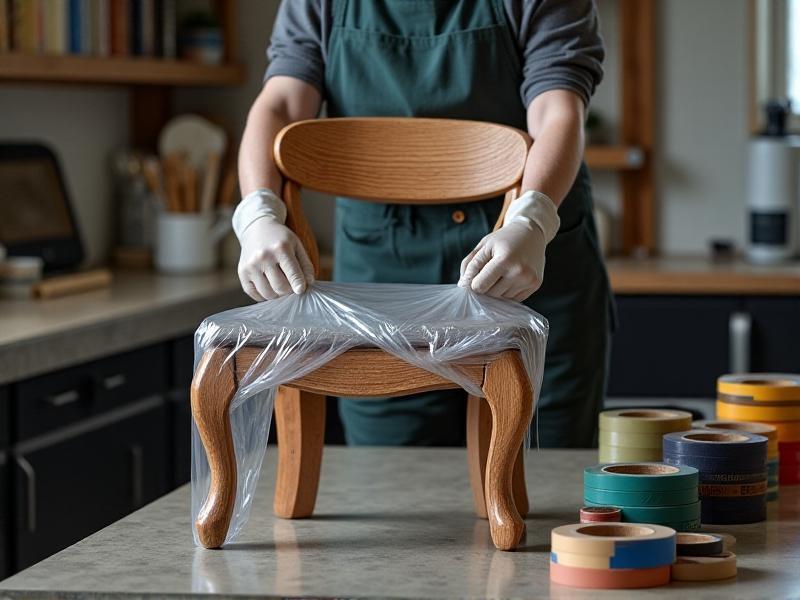
Begin by identifying infested items and isolating them to prevent spread. Seal the object in airtight plastic to prevent moisture absorption, which could warp the wood. Place it in a commercial freezer or specialized cold chamber, ensuring consistent subzero temperatures. Monitor with a digital thermometer to maintain the required conditions. After 3–4 days, gradually thaw the item to room temperature to avoid condensation. Inspect for remaining activity and repeat if necessary. Document the process to refine future treatments.
Advantages of Freezing Over Chemical Treatments
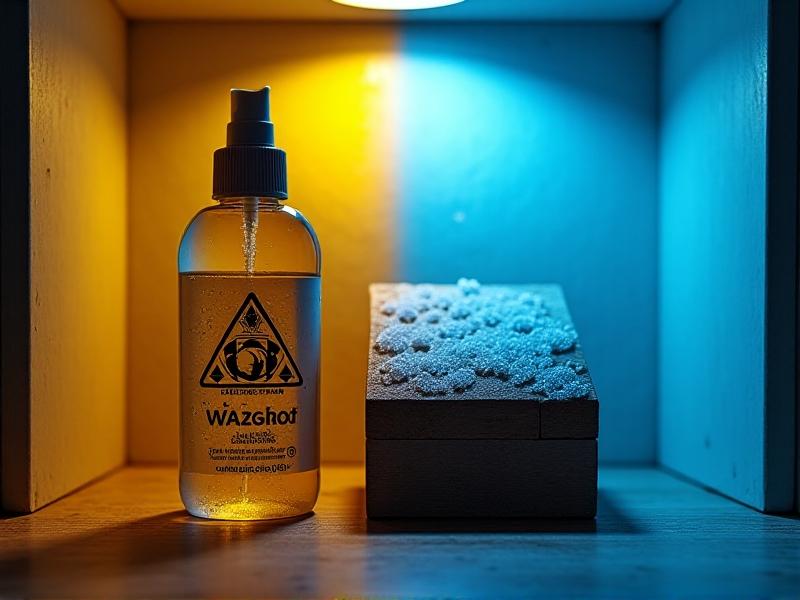
Unlike pesticides, freezing leaves no chemical residue, making it ideal for homes with children or pets. It preserves the original finish and color of wood, a critical factor for antiques. There’s no risk of pests developing resistance, a growing issue with repeated chemical use. Additionally, freezing eliminates odors associated with fumigation. However, size limitations apply—large structural beams may require portable freezing units or professional services. Energy consumption is a consideration, though solar-powered freezers offer a greener alternative.
Real-World Success Stories and Applications
In 2019, the Smithsonian Institution used freezer therapy to salvage a 17th-century Dutch chest infested with termites. Similarly, a New England homeowner restored a family heirloom desk by subjecting it to a four-day freeze cycle. These cases underscore the method’s versatility. Libraries use it to protect rare bookshelves, while instrument makers treat vintage pianos. The technique’s scalability—from small household items to large museum collections—proves its adaptability across contexts.
Future Innovations in Non-Toxic Pest Management
Emerging technologies aim to enhance the freezer technique’s accessibility. Solar-powered cold storage units are being tested in off-grid communities. Researchers are exploring cryo-gas treatments that combine cold with inert gases like nitrogen for faster results. Mobile apps now guide users through temperature adjustments and treatment timelines. As sustainability becomes a global priority, these innovations position freezing as a cornerstone of integrated pest management, aligning ecological responsibility with cultural preservation.

